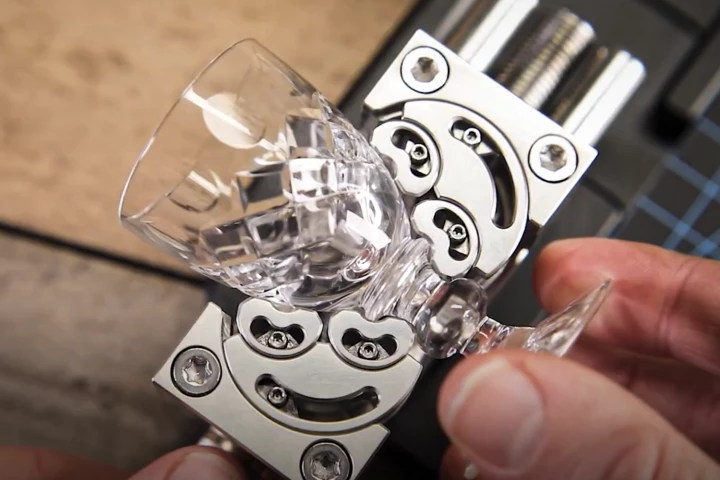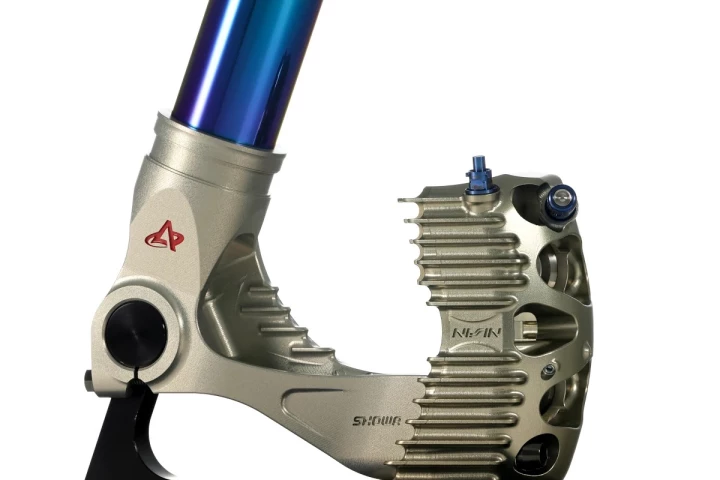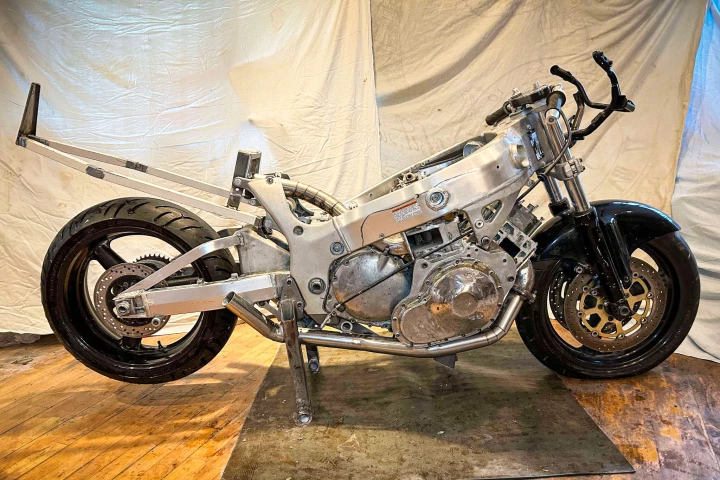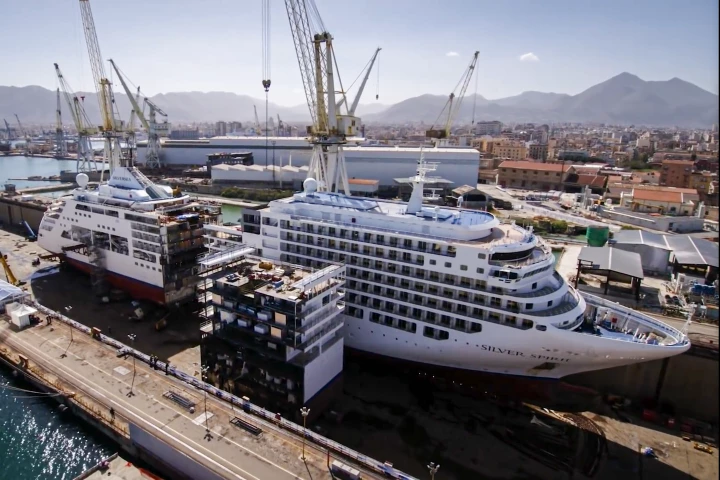Engineering
-
Alpha-Otto has a design that aims to eliminate the drawbacks of two-stroke engines. The RevForce engine introduces a single, transformative change to the conventional two-stroke layout that preserves its benefits while removing its major flaws.
-
A platinum fiddle that's just 35 microns in length and 13 microns in width is believed to be the world's smallest violin, measuring just a fraction of a microscopic tardigrade. But before you get too excited, there's one little twist …
-
A gorgeous solution to a common problem... This mesmerizing mechanical vise adjusts its shape to hold oddly shaped items still without damaging them, using a design first patented more than a century ago. It can also turn inside-out.
-
Back in 2016, we featured a stunning wooden machine that employed falling steel marbles to play a merry tune. As plans are drawn up for a new version, its builder has looked back to the designs of Leonardo da Vinci for inspiration.
-
He's an eccentric motorcycle and engine building genius who regularly creates mind-bending engineering alchemy and has millions of fans... So why is his extraordinary work so badly undervalued at auction? Someone's getting a bargain today.
-
Nissin and Showa's novel design results in higher rigidity, better heat dissipation, and lighter overall weight of the brake caliper system. There are big question marks on its maintenance feasibility and affordability though.
-
You can trust Russian mechanics to come up with some crazy stuff. This time, they've put a Fiat 124-derived Lada under the knife, and installed 16 chainsaw engines arranged in a V formation – because why not?
-
Whether you're Lego-curious or a devotee of the church of the colored brick, this world-first app lets you capture your surroundings in unique model form like never before. And it does all the hard work, leaving you with the fun part – the build.
-
For the first time, engineers have digitally recreated the complex muscular architecture of the octopus arm and its unique movements involving around 200 muscles, which opens the door to developing soft robotics with unprecedented dexterity.
-
The Harmonic Drive is a key part of countless robotic applications. Incredibly simple yet quite odd to watch, this gear system is extremely precise with an impressive torque-to-weight ratio, even if it does wobble. So how does it work?
-
We've seen some mad Hayabusa custom bikes over the years, but this one's right out of the box. It ditches the original engine for a massive two-stroke V6, but Meggatech Projects plans to make it look close to a standard Suzuki once it's finished.
-
Slicing huge cruise ships in half, then welding in an extra segment to lengthen them, is more or less a license to print money for cruise operators – so this 'jumboization' surgery is becoming very common. Let's take a look at how it's done.
Load More











